Welcome to our wedding website which contains all you need to know about our upcoming wedding! Please browse our site for details of our day and don't forget to RSVP as soon as possible via the RSVP page! We can't wait to celebrate with you all!
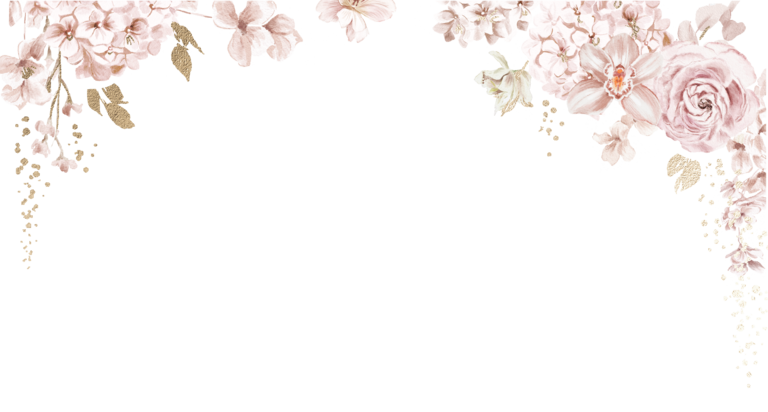
Ian & Amrit
Welcome to our wedding website which contains all you need to know about our upcoming wedding! Please browse our site for details of our day and don't forget to RSVP as soon as possible via the RSVP page! We can't wait to celebrate with you all!
Ian & Amrit
Pre-Wedding Events
Maiyan
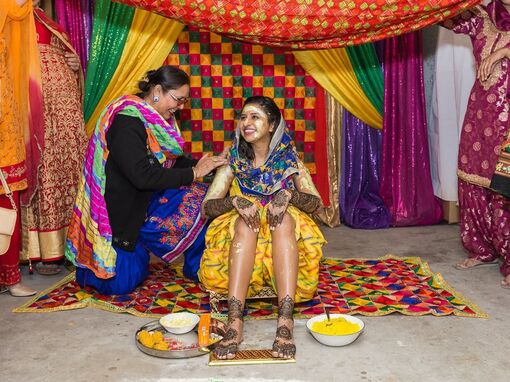
The Maiyan ceremony (also referred to as Haldi) is a traditional ceremony that takes place a few days before the wedding and involves friends and family rubbing a haldi (tumeric) paste on the bride/groom. The meaning behind the ceremony is to 'clean' the bride/groom in preparation for the wedding day to cleanse the skin and create a glow! That's why I'm sure you've seen tumeric face masks in Superdrug and Boots!
Traditionally, the bride/groom sits on a small stool with their feet on a footstool (generally a rectangular piece of wood) in front of Rangoli patterns that friends and family have decorated on the floor. Rangoli is simply coloured powder but coloured rice can also be incorporated into the decorations. Whilst the bride/groom sits under a piece of fabric (dupatta) held by four females, family and friends will then take it in turns to apply the haldi paste whilst traditional songs are sung.
Chunni

The Chunni ceremony is technically the Punjabi version of the 'official' engagement which can take place any time before the wedding day. Once the chunni ceremony is complete, it signifies that the bride has been accepted by the groom's family and is responsible for maintaining the honour and pride of her in-laws.
Usually, the groom's family will attend the function with some close family and friends with a variety of gifts including a fruit basket, Indian Sweets (mithai), as well as a complete outfit for the bride including, jewellery, make-up and of course a red dupatta (chunni). The groom's close female relatives will then present the bride with the gifts and symbolically help the bride 'get ready' by assisting her with putting jewellery and make-up on.
Once ready, the bride sits beside the groom at which point the groom's mother covers the bride's head with the red chunni which is called 'chunni charauna'. Mehndi (Henna) is also applied in on the bride's palm and the groom then applies sindoor (red cosmetic powder to signify an individual is married) on the bride. Rings are usually exchanged at this time however, Ian has already proposed to Amrit with her engagement ring back in May 2023.
Jago
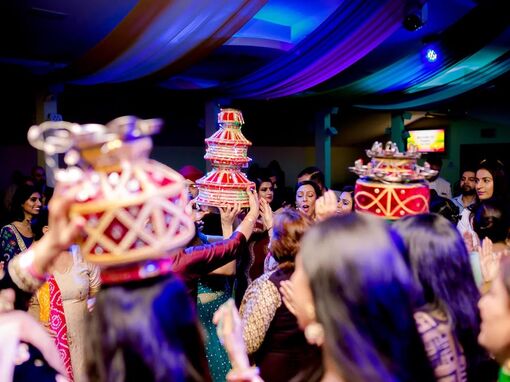
Again, much like most of the other pre-wedding functions, the Jago typically takes place a few days before the wedding. The tradition is for a pot adorned with candles to be passed around whilst dancing bhangra or gidda (traditional folk dance of Punjab) with other Punjabi inspired props.
In modern days this usually takes place at home or in a hall but back in India, relatives would traditionally invite literally everyone to the wedding including their neighbours. This would be followed by a fanfare and an outpouring of unspeakable joy by dancing along the streets. The
Jago usually takes place in the evening, hence the candles. Jago translates to 'wake up' in English as the event would alert the village at night about the upcoming wedding.
Choora
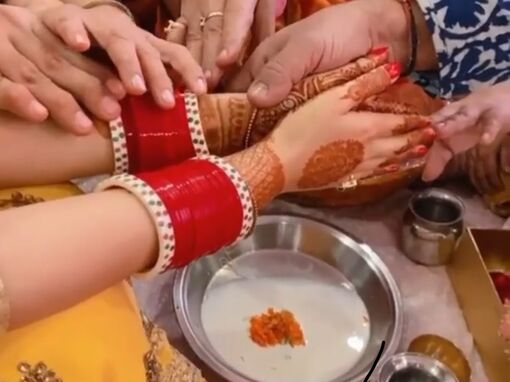
Choora is the term used to refer to a set of red and white bangles that signifies the bride's status as a newly married woman and the beginning of married life. The Choora is made up of 21 bangles which is dipped in milk before being placed on each arm by the bride's maternal uncles and their wives during the Choora ceremony a few days before the wedding day.
Traditionally, the Choora is not taken off for a period of one 15 months after the wedding as historically, it would symbolise that the bride is newly married and should therefore refrain from household work.
Mehndi
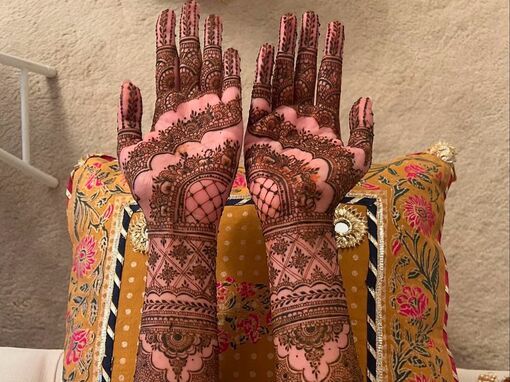
Mehndi is a henna paste that is applied to the bride's hands and feet a few days before the wedding in intricate patterns, which are meant to bring good luck. Mehndi is also known to possess various medicinal qualities such as anti-inflammatory abilities which can help reduce the tension and stress levels of the bride. As the bride has to still still for a number of hours whilst it is being applied, it also gives the bride a chance to relax in the lead up to the wedding.
Nowadays, everything is an excuse for a party including mehndi which has given rise to mehndi nights where female family and friends (of the bride or groom) have simple mehndi patterns applied to their hands. Bride's also hide the groom's name or initials in the intricate patterns and ask the groom to try and find his name or initials on the wedding day.